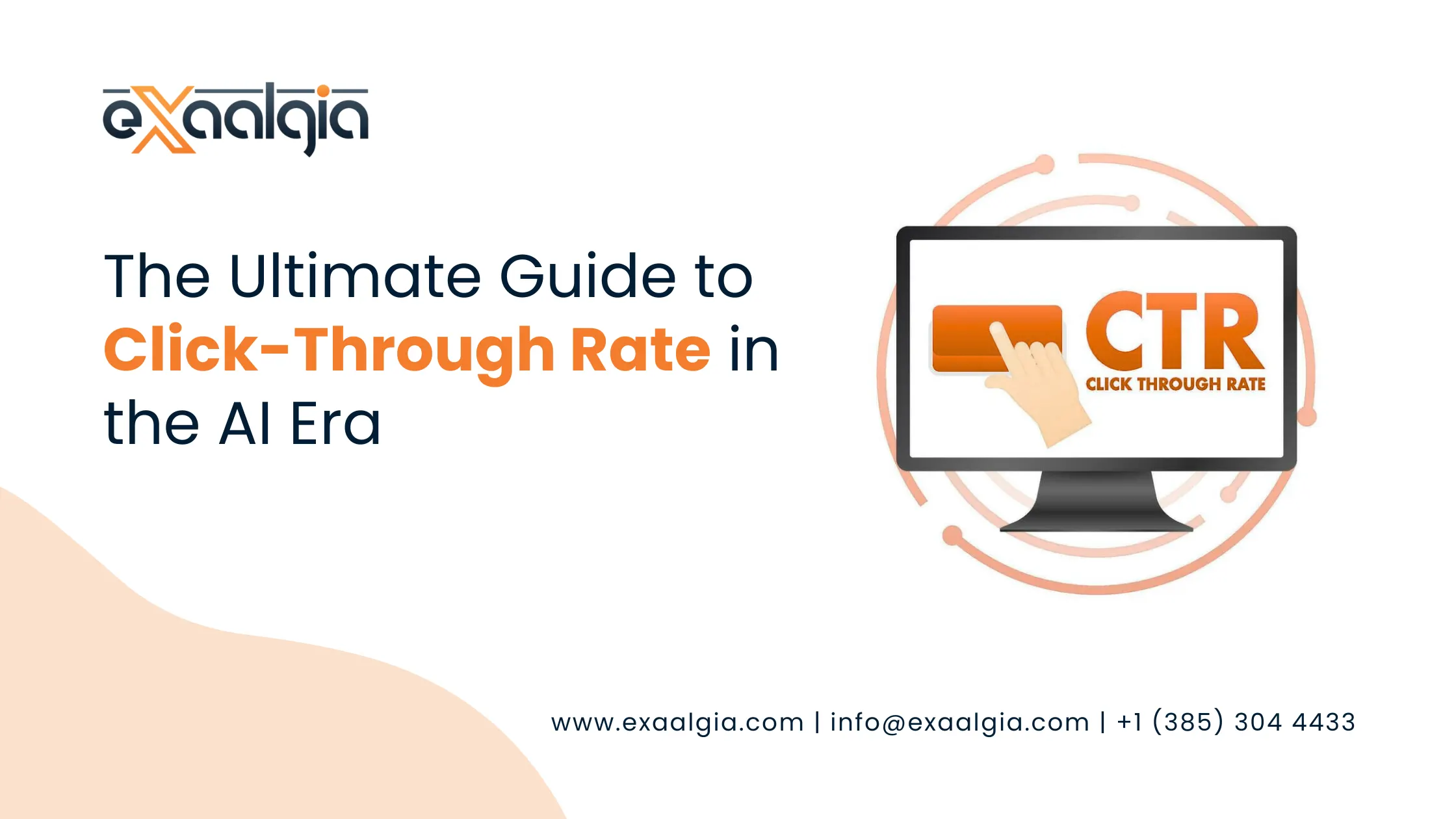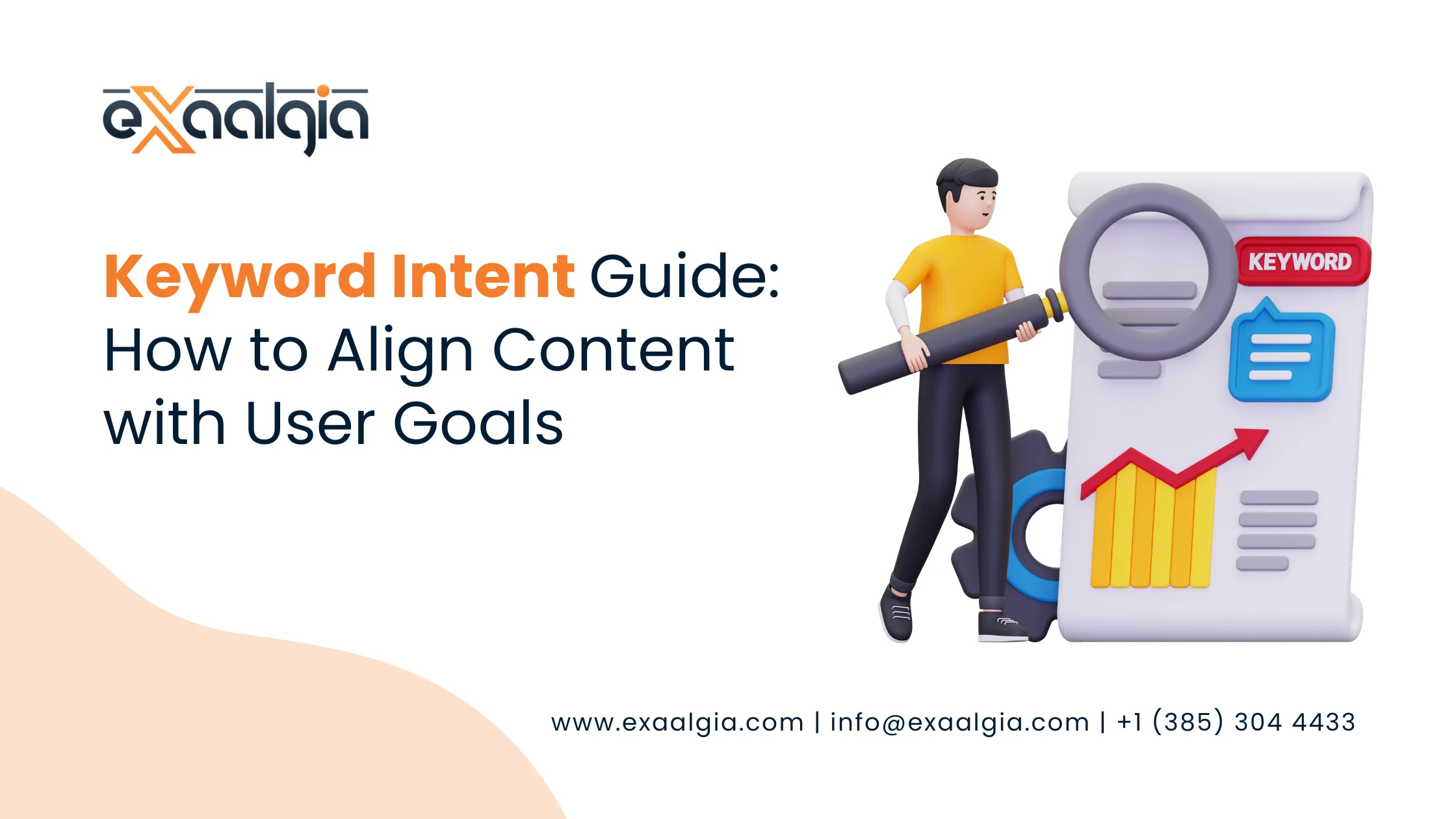This detailed guide will show you how to master this technique. You will learn to dominate your niche and significantly increase organic traffic.
What a Keyword Gap Analysis Actually Does?
A keyword gap analysis is a strategic SEO process. It involves a systematic comparison of keyword rankings. You compare your website’s performance against your top competitors. The main goal is to identify valuable search terms. These are terms your rivals rank for, but you do not.
This process highlights major keyword differences. It reveals two critical groups of keywords. The first group is “missing keywords.” Your site ranks nowhere for these terms. The second group is “weak keywords.” Your site ranks poorly compared to competitors. Addressing these gaps is key to boosting your SEO strategy. It helps you uncover growth opportunities. This targeted approach leads to new, high potential content ideas. It ultimately drives more qualified traffic to your domain.
Keyword Gaps vs Content Gaps Explained Easily
While related, these two analyses serve different functions. A keyword gap analysis focuses specifically on search terms. It identifies the precise keywords you are missing. The tool compares ranking data between domains. This shows a clear picture of keyword overlap and disparity. It is a technical, data driven comparison of rankings.
Conversely, a content gap analysis is much broader. It uncovers missing topics on your website. This type of analysis looks at the entire customer journey. It ensures you have content for every stage of the sales funnel. It seeks to resolve user pain points. These topics may or may not be based on existing high-volume keywords. For instance, a keyword analysis finds “best enterprise SEO platform.” A content analysis might find a need for “how to convince your boss to invest in SEO.” Both are vital, but the keyword gap provides immediate, high intent ranking targets.
Why Keyword Gap Analysis Should Be Your SEO Priority
Performing a rigorous keyword gap analysis offers significant advantages. Ignoring this step means leaving potential customers on the table. Your competitors will discover them instead. This analysis is critical for sustaining competitive relevance in your market.
Firstly, it directly improves your search rankings. By targeting high value missing keywords, you gain instant visibility. Increased visibility leads directly to a substantial boost in organic traffic. Secondly, it helps you refine your entire content plan. You move away from guesswork about what to write. Instead, you focus on proven, high traffic topics.
Furthermore, this analysis is useful for paid campaigns. Many missing keywords might show commercial intent. This means users are ready to make a purchase. Identifying these transactional terms helps optimize your Google ads budget. It ensures you are bidding on the most profitable keywords. Ultimately, a thorough keyword gap analysis is a roadmap. It guides your content and SEO teams toward guaranteed success. It is a foundational element of any advanced search strategy.
Let’s Learn How to Do a Keyword Gap Analysis
A successful keyword gap analysis is methodical. Following a clear, step by step process ensures maximum results. You need the right tools and a focused approach. This structured method maximizes the value of your efforts.
1. Identify True Competitors
This step is perhaps the most crucial one. Choosing the correct competitors ensures relevant results. If your chosen rivals are outside your niche, the data will be misleading. You may gain traffic that never converts into sales.
Start by listing your commercial competition. These are the companies selling similar products or services. They operate in the same geographic region. Next, identify your organic search competitors. These are websites that compete with you for visibility on the SERPs. They might not sell the same product, but they rank for your target terms. Use SEO tools to find domains that overlap with your keyword profile. Aim for a mix of direct and search competitors. This provides a comprehensive view of the market landscape.
2. Detect Keyword Shortfalls
Once your competitor list is ready, it is time to use your chosen tool. Input your domain and the domains of up to four rivals. Select your target country or region. The tool will then compare all ranking positions.
The results are often displayed in Venn diagrams or tables. Look closely at the overlap metrics. The key focus areas are usually defined as:
- Missing: Keywords where all competitors rank but you do not. This is pure untapped potential.
- Weak: Keywords where you rank, but all competitors rank significantly higher. Your content needs optimization here.
- Untapped: Keywords where at least one competitor ranks, but you do not. These are excellent for new content ideas.
Prioritize the “Missing” category first. These represent the quickest wins for search visibility.
3. Examine Every Gap
Raw keyword data can be overwhelming for teams. The next step is to filter and analyze the keyword list. This is where you prioritize your efforts for maximum impact.
Start by using the “Position” filter. Focus only on keywords where your competitors rank in the top 10. These terms already drive significant traffic for them. Targeting these keywords offers the highest immediate potential return. Next, consider your website’s authority. If your domain is relatively new, filter by keyword difficulty (KD). Select keywords with a low KD score (e.g., 0-49). This helps you rank faster with less effort. Finally, examine the search intent and monthly search volume. Is the intent commercial or informational? Is the volume high enough to justify content creation? You must select keywords that align with business goals.
4. Pick the Best Keywords
Do not rely on spreadsheets for this critical step. Use the built in saving features of your SEO tool. Select the keywords that meet your criteria. These are the terms with high intent and manageable difficulty.
Save these terms to a new, shared keyword list. Name the list clearly for easy collaboration (e.g., “Q4 Missing Keywords”). Repeat the filtering and saving process. Go back and review the “Weak” and “Untapped” lists too. These lists often contain hidden gems. The “Weak” terms are crucial for optimizing existing content. Exporting the list is a good backup measure. It also facilitates sharing with non search engine optimization team members. This step ensures organization and focus for the content team.
5. Build Keyword Clusters
A long, random list of keywords is not a strategy. The best approach involves grouping your terms. You should organize them into thematic clusters. This helps you build topical authority in search engines.
Use a keyword clustering tool to automate this process. Group related keywords under a single pillar topic. This creates content structures known as topic clusters. A main pillar page covers the broad subject. Smaller subpages cover long tails and specific keywords. This structure tells Google you are an expert source. It improves the ranking potential of every page in the cluster. Grouping by search intent is also highly beneficial. It ensures one page answers one core user needs efficiently.
6. Refresh Your Content
Now you have a strategic content plan. The keyword clusters define your next actions. Use these clusters to guide your content team.
Start creating new content for the identified pillar pages. Ensure the content addresses all keywords in the cluster. It must answer the primary search intent completely. Do not forget to optimize existing content. Use the “Weak” keyword list to identify underperforming pages. Update them to include the missing related terms. Make sure to enhance content quality and length. Utilize SEO content writing assistants during this phase. They provide real time suggestions on readability and SEO optimization. This ensures your final published piece has the best chance to rank.
7. Monitor Every Move
The work is not finished after publishing your content. Ongoing monitoring is absolutely vital for success. You need to know if your efforts are paying off.
Use a position tracking tool to monitor progress. Add the keywords from your new clusters to the tracking tool. This allows you to measure daily, weekly, and monthly changes. Pay attention to ranking fluctuations. Look for consistent upward movement in the search results. If a page stalls, it might need more links or further optimization. Monitoring provides immediate feedback. It allows you to troubleshoot potential problems quickly. Always track the competitor’s performance against your own. This final step closes the loop on your ongoing strategy.
Find SEO Opportunities You Are Currently Missing
The competitive landscape of search is constantly changing. Relying only on guesswork is simply not a sustainable model. A robust and recurring keyword gap analysis is necessary. When executed correctly, this process offers clear direction. It pinpoints the exact search terms that matter most.
It empowers your team to create content with confidence. You are no longer writing in the dark. Instead, your target keywords are proven to drive traffic to your rivals. This approach helps you significantly improve your rankings. It substantially increases organic traffic to your website. Start your analysis today and begin capturing the opportunities you have been missing.
Got Questions? Here Are the Answers
Is Keyword Gap Analysis only for big businesses?
No, it is highly beneficial for companies of all sizes. Smaller businesses can use it strategically. They can find less competitive keywords that big rivals miss. It helps them punch above their weight class very effectively.
How often should I perform a Keyword Gap Analysis?
You should conduct a formal analysis quarterly. The search landscape is very dynamic. New competitors and content emerge constantly. Monthly reviews of your top rivals are also highly recommended.
Which tools are needed for this analysis?
You need a professional SEO software platform. Tools like Semrush, Ahrefs, or Moz are commonly used. These platforms provide the necessary domain comparison features. Free tools usually lack the depth and scale required.







